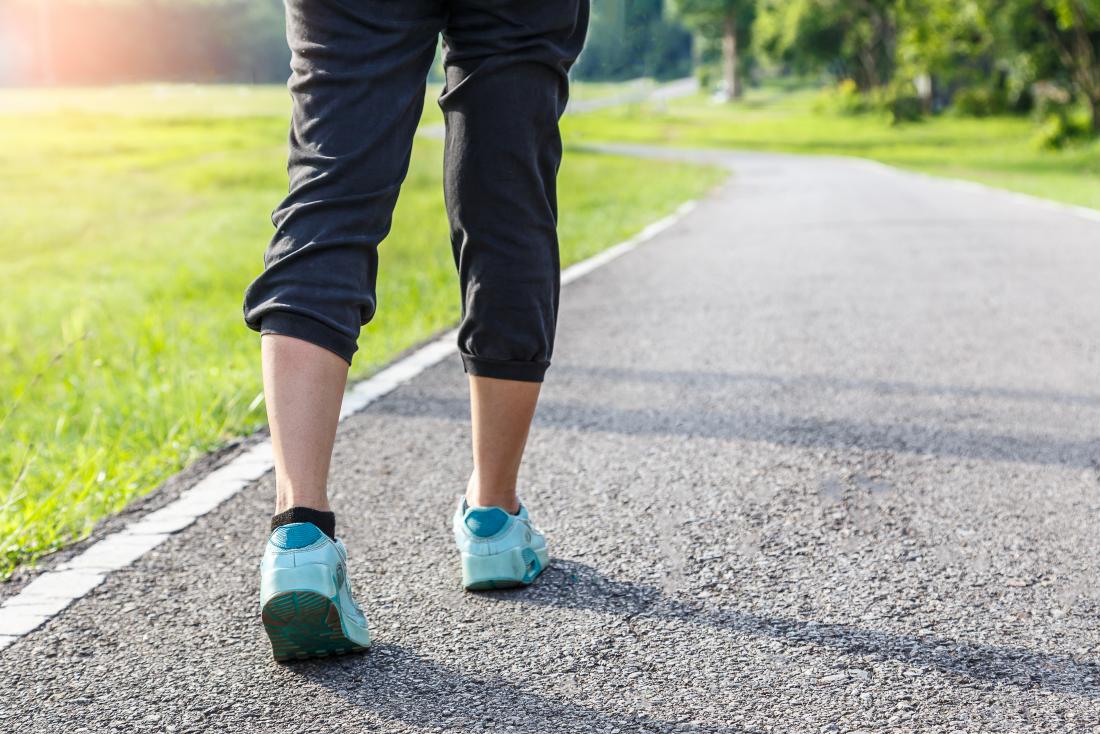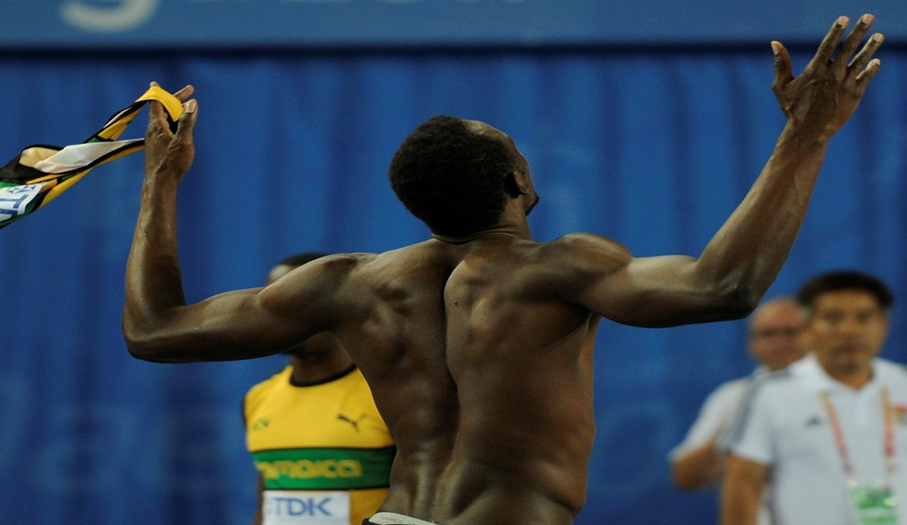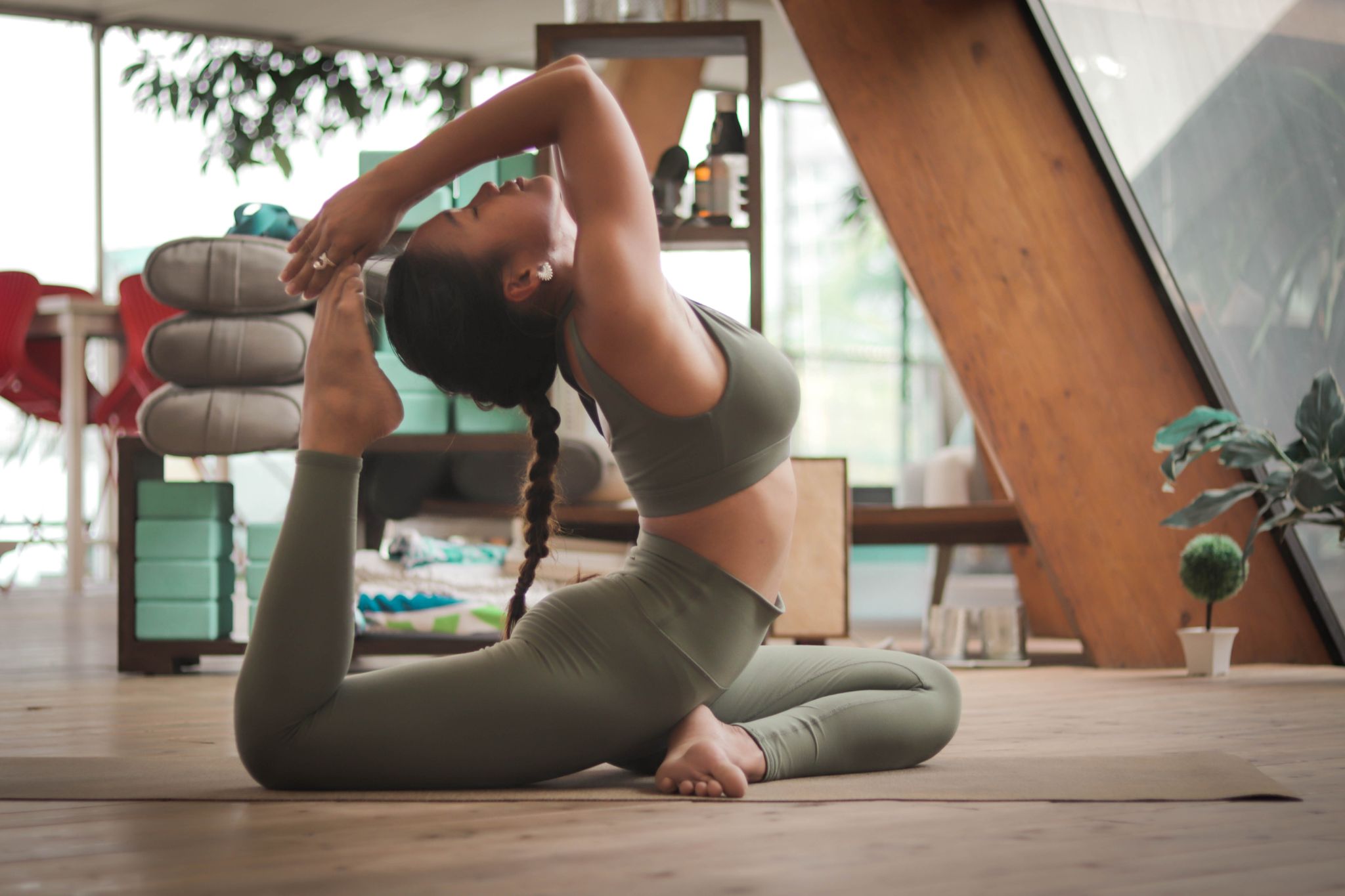
When it comes to working out, most people usually think of exercising their legs, arms or other major body parts. However, having flexible, mobile wrists is something that shouldn't be overlooked. Without it, you can’t perform certain workouts properly, and you risk further injury that can prevent you from exercising altogether. Plus, it’s not just exercise (or lack thereof) that leads to immobile wrists. Daily activities such as typing, writing, and even constantly using mobile phones can all contribute to tight wrists.
Strengthening exercises and wrist massage therapy are especially important for those working from home. This should also be paired with ergonomic work setups; after all, these exercises will not be effective if you continue to work with your wrist in bad positions. The Health and Safety Executive describes ergonomics as the design of rooms and equipment, which can affect one’s performance and promote better health and productivity. Tools like ergonomic keyboards, chairs, and wristpads achieve this by incorporating a design that is best suited to the worker’s health.
To ensure your wrists stay strong and mobile no matter what you're doing, here are some exercises you can do to keep them in the best possible shape:
Kettlebells
VIDEO: [Embed: https://www.youtube.com/watch?v=uT1LV1eLcdM#t=33] (Video Credit: Kettlebell Fitness Athletics)
Many kettlebell exercises are dynamic and more appropriate for fast lifts and strength training. But these weights are so versatile that they can be used for mobility too. A great example is a double kettlebell rack walk. Take a kettlebell in each hand and lift them to the underside of your chin so that your palms and your wrists are facing each other. Walk forward while holding the kettlebells in the same position. Keep going for your desired number of reps.
When starting with workouts like these, it can be easy to push yourself harder than intended. If kettlebell exercises leave you unable to move for a few days, then working with a sports massage therapist is best to relieve any soreness and tension. Make it a habit to visit these professionals now and again to ensure your muscles stay flexible and maintain their full range of motion.
Theraband
Therabands are great since they can be used pretty much anywhere, thanks to their compactness. It’s also the only workout that’s the least likely to cause wrist strains.
If you have problems with functional mobility, then the Theraband is an excellent option to improve the affected area. These thick elastic bands come in varying levels of resistance, so make sure to choose one that’s challenging enough, but doesn’t cause an uncomfortable strain.
CrossFit
VIDEO: [Embed: https://www.youtube.com/watch?v=2IDqSq138_g&feature=youtu.be] (Video Credit: Airrosti Rehab Centers]
If you haven't heard of this trendy exercise, CrossFit is a program developed to offer a full-body workout that combines elements of cardio, weight lifting, gymnastics, core training, and much more. Since it is based on the fundamentals of functional fitness, CrossFit focuses on using movements that you use often such as picking things up from the floor, climbing stairs, and carrying heavy bags. As such, the strength and mobility it can build for your wrists and other joints can be applied to your day-to-day activities too.
However, it's also best to exercise caution when joining high-intensity sports like CrossFit, as there is always a risk of injury involved. Consulting a sports physiotherapy professional can prevent sports-related injuries and maximise your performance.
Wrist Walks
As one of the few exercises you can perform without equipment, wrist walks are something that should only be attempted if you’re strong enough to carry your own weight (similar to push-ups). It’s done by placing your palms flat against the wall, fingers pointing up, and “walking” down with your hands until you reach a point where your hands cannot walk any further. Reverse the directions of your hands so that your fingers point towards the floor and walk back up. Repeat for as many reps as you desire.
Nothing is more frustrating than missing exercises due to poor wrists, but skipping wrist exercises will only cause you more pain in the long run. Along with exercise, our feature on the Magnitude of a Good Posture highlights how proper posture can promote mobility and strength, and your wrists are no exception. Whether you’re experiencing pain during push-ups or from typing at your desk all day, it pays to address the pain through different means, whether that’s through ergonomics or with the help of My Sports injury clinic Manchester.
Written by Mary Kramer for mysportsinjury.co.uk





